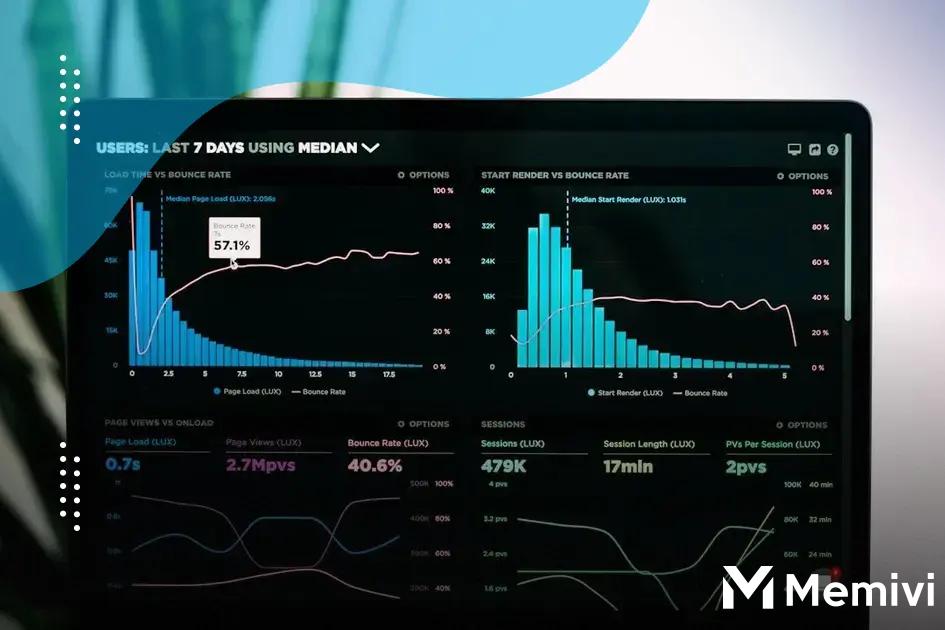Are you curious about how ETFs function, their benefits, and the risks involved? Read on to explore these financial instruments and find out why they are a popular choice among savvy investors. This guide will cover everything from the basics of ETFs to practical tips on how to start investing in them.
What Are ETFs and How Do They Work?
ETFs, or Exchange-Traded Funds, are a type of investment fund and exchange-traded product. Like mutual funds, they hold assets such as stocks, commodities, or bonds and generally operate with the aim to track an index. But unlike mutual funds, ETFs trade like a common stock on a stock exchange. This unique trait offers substantial flexibility for investors.
How ETFs Work:
ETFs bring together the best features of both mutual funds and individual stocks. They can be bought and sold throughout the trading day, just like any other stock, which allows investors to take advantage of market fluctuations. This flexibility makes them an attractive option for many.
ETFs are structured to reflect the performance of a specific index or asset. They achieve this by holding a diversified portfolio of the assets that make up the index. For instance, a Standard & Poor’s 500 ETF contains 500 stocks representing all sectors of the U.S. economy. This framework enables investors to obtain a diversified exposure to the market at a relatively low cost.
Advantages:
Apart from the ability to trade during regular market hours, ETFs offer reduced operating expenses than buying individual stocks, since you make just one trade to get exposure to many assets. They also provide transparency, as ETFs disclose their holdings daily, unlike mutual funds, which disclose on a quarterly schedule.
Benefits of Investing in ETFs

Investing in ETFs offers numerous advantages that cater to both novice and seasoned investors. One key benefit is the diversification they provide. By investing in a single ETF, you gain exposure to a wide range of assets, from stocks and bonds to commodities and real estate, reducing the risk associated with investing in individual securities.
ETFs are cost-effective. Since they are passively managed, their expense ratios are generally lower than those of mutual funds, saving you money in the long run. This makes them an appealing option for those looking to minimize investment costs.
Liquidity is another significant advantage. ETFs trade on stock exchanges, allowing you to buy and sell shares throughout the trading day at market prices. This feature provides flexibility and the ability to respond quickly to market changes compared to some mutual funds that are only traded once per day.
Moreover, ETFs offer transparency. ETF holdings are typically disclosed daily, giving you a clear view of what you’re investing in. This allows for informed decision-making and peace of mind, knowing precisely where your money is allocated.
Additionally, investing in ETFs provides access to variety and specialization. Whether you’re interested in a broad market index, a specific sector, or a particular geographical region, there’s likely an ETF that caters to your investment needs. This wide selection makes it easy to align your investments with your financial goals and risk tolerance.
Risks to Consider with ETF Investments
Liquidity Risk: Although ETFs trade like individual stocks, liquidity can vary. Some ETFs may have low trading volumes, leading to wider bid-ask spreads and potential challenges when buying or selling.
Market Risk: Just like with any stock market investment, ETFs are not immune to market volatility. The value of your investment can fluctuate based on the underlying assets’ performance.
Tracking Error: An ETF might not perfectly mirror the performance of its benchmark index. This difference between the ETF’s performance and that of the index is known as tracking error.
Management Fees: While generally lower than mutual funds, ETFs do charge annual fees that can impact your overall returns over time.
Concentration Risk: Some ETFs may be heavily weighted in particular sectors or industries, increasing exposure to specific market conditions.
How to Get Started with ETFs

Getting started with ETFs involves a few straightforward steps. First, choose a reliable broker or investment platform that offers a wide range of ETF options. Look for platforms that provide access to various types of funds, including those that cover different sectors or geographic regions.
Once you’ve selected a platform, research different ETFs to determine which ones align with your financial goals. Consider factors such as the fund’s expense ratio, historical performance, and the specific index it tracks. Understanding these details will help you choose ETFs that best match your investment strategy.
Diversification is key in building a strong portfolio. ETFs allow you to spread your investments across various assets with ease. This, in turn, reduces your overall risk. Start with broad-based ETFs to establish a solid foundation. These funds typically mimic major market indexes and offer immediate diversification.
Before making a purchase, review the ETF’s liquidity. Highly liquid ETFs are easier to buy and sell without significantly affecting the market price. Check the trading volume and the bid-ask spread to gauge liquidity levels.
Once you’re ready, execute your order on your chosen platform. You can buy ETFs either at the current market price or set a limit order to purchase shares at a specified price. Regularly review your holdings to ensure they are aligned with your financial objectives and rebalance your portfolio as needed.
Leveraging these steps can help you effectively start investing in ETFs. With careful planning and strategy, ETFs can become a cornerstone of your diversified portfolio.


 Get Paid to Shop: The Best Cash Back Apps for Everyday Purchases <p class='sec-title' style='line-height: normal; font-weight: normal;font-size: 16px !important; text-align: left;margin-top: 8px;margin-bottom: 0px !important;'> With various platforms and opportunities, you can enjoy your favorite pastime and earn money at the same time </p>
Get Paid to Shop: The Best Cash Back Apps for Everyday Purchases <p class='sec-title' style='line-height: normal; font-weight: normal;font-size: 16px !important; text-align: left;margin-top: 8px;margin-bottom: 0px !important;'> With various platforms and opportunities, you can enjoy your favorite pastime and earn money at the same time </p>  Robo-Advisors: Is an App Right for Your Investments? <p class='sec-title' style='line-height: normal; font-weight: normal;font-size: 16px !important; text-align: left;margin-top: 8px;margin-bottom: 0px !important;'> Robo-Advisors are revolutionizing the way individuals approach investing </p>
Robo-Advisors: Is an App Right for Your Investments? <p class='sec-title' style='line-height: normal; font-weight: normal;font-size: 16px !important; text-align: left;margin-top: 8px;margin-bottom: 0px !important;'> Robo-Advisors are revolutionizing the way individuals approach investing </p>  The “I’m Not a Millionaire” Guide to Investing <p class='sec-title' style='line-height: normal; font-weight: normal;font-size: 16px !important; text-align: left;margin-top: 8px;margin-bottom: 0px !important;'> Investing might seem daunting, especially if you're not a millionaire </p>
The “I’m Not a Millionaire” Guide to Investing <p class='sec-title' style='line-height: normal; font-weight: normal;font-size: 16px !important; text-align: left;margin-top: 8px;margin-bottom: 0px !important;'> Investing might seem daunting, especially if you're not a millionaire </p>